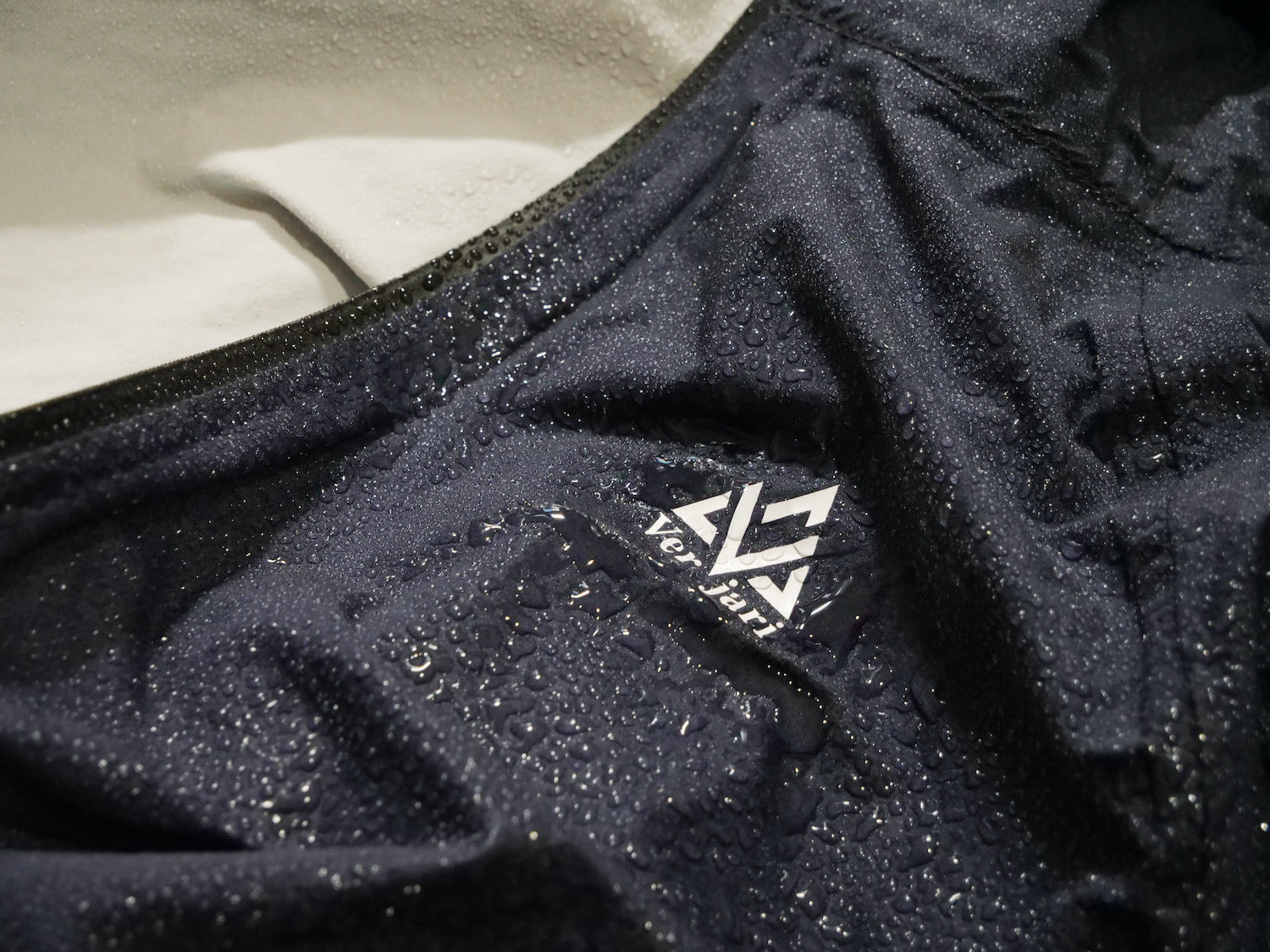Recycled textiles
Recycled polyester and recycled polyamides (Nylon) are the most widely used in the sports industry.
Polyester and polyamides have been popular for years for their athletic performance: in particular breathability, elasticity, perspiration management, lightness and comfort. Problem: they are made from oil. They are therefore not sustainable and polluting.It is therefore natural that the sports industry starts to turn to recycled alternatives. They can be obtained from plastic waste (the famous plastic bottles taken from the environment) but also by directly reusing abandoned, used clothing or textile scraps in industry.
However, the process is not perfect. Micro-particles in particular are pointed in the imperfections of the recycling process. Indeed, after washing, micro-particles of polyester (recycled or not) go to the oceans with used waters. An invisible but very real pollution.
A process which therefore has real advantages, by cleaning up the environment (plastic bottles, used clothing, textile scraps) but which is not perfect (micro-particles)
Natural fibers
Widely used in fashion, natural fibers are more difficult to emerge in the sports industry. The cause ? Lack of performance. For example, organic cotton is very ecological, but run with cotton and you will end up with a soaked t-shirt on your back. No athletic performance.
However, there are now some alternatives such as Lyocell or Tencell. They allow a better sports performance than cotton or linen (even if a mixture of several fibers is still necessary to obtain a real performance). They are obtained from wood pulp (eucalyptus for example). But they require a chemical transformation to arrive at the textile fiber. They are also very pleasant and comfortable with a slight feeling of cold. They are also flexible and elastic.BIOPLASTICS
Bioplastics are a very interesting alternative for the sports industry. They are obtained by a polymerization process (same as polyester or polyamides) except that they are obtained from biomass. They are called "biobased". Concretely, they do not come from oil. The most widely used biomass in the sports industry today is castor oil. It also has the advantage of not using the fields necessary for food crops.
The advantage of these “biobased” polyamides is that we therefore obtain the same sporting performance as polyester or polyamides, but with a natural and non-polluting resource (biomass).
There is also a 2nd type of bioplastic, but less used in the sports industry. it comes from petroleum but is capable of biodegrading into simple elements (oxygen, hydrogen, etc.). Thus some biotextiles can be created from petroleum but also be biodegraded without risk of pollution for the environment.








